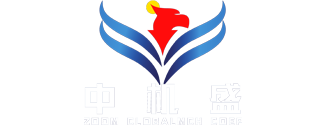Latest Technological Advancements in Concrete Curing Machinery
-
Thesis: Curing is critical for concrete strength and durability; modern machinery leverages technology to make it more effective, efficient, and less resource-intensive.
-
Outline:
-
The Importance of Curing: Preventing moisture loss for proper hydration, achieving design strength, minimizing cracking, enhancing durability (freeze-thaw, abrasion resistance).
-
*Traditional Methods & Limitations: Ponding, wet burlap (labor-intensive, water waste), liquid membrane-forming compounds (spray application, effectiveness varies), plastic sheeting (wind issues, condensation).
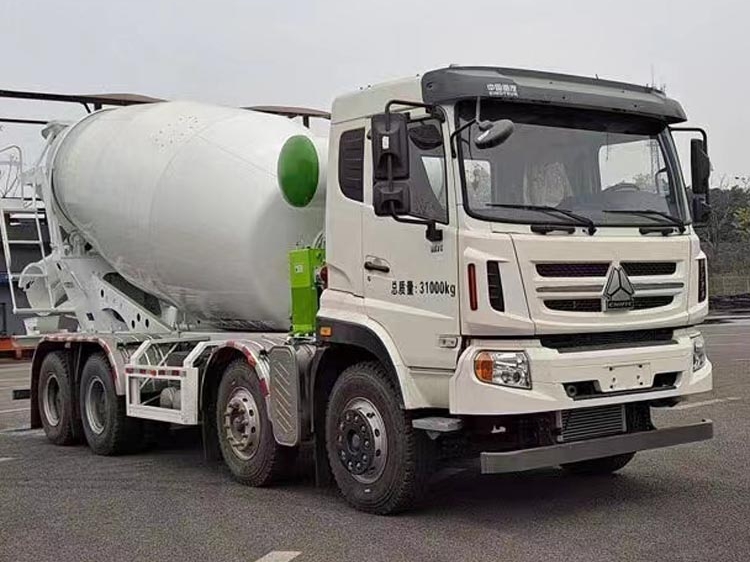
-
Advanced Curing Machinery & Systems (2025):
-
Automated Mist/Fog Spray Systems:
-
Fixed or mobile units with programmable timers and humidity sensors.
-
Deliver fine mist/fog efficiently, minimizing water runoff/waste.
-
Ideal for large slabs, hot/windy conditions. Integrates with weather stations.
-
-
"Smart" Curing Blankets:
-
Insulated blankets with integrated heating elements and IoT moisture/temperature sensors.
-
Maintain optimal curing temperature (especially in cold weather) and monitor concrete conditions.
-
Data logging for quality assurance.
-
-
Automated Membrane Applicators:
-
Robotic or self-propelled units that apply curing compounds at a precise, consistent rate and coverage.
-
Eliminates human error, ensures uniform application. Improves effectiveness and reduces material waste.
-
-
Internal Curing Admixtures & Monitoring: While not machinery per se, using admixtures that release water internally requires less external curing effort. Sensors can monitor internal moisture to verify effectiveness.
-
Steam Curing Systems (Precast): Highly controlled systems using steam tunnels or enclosures to accelerate strength gain for precast elements. Advanced controls optimize steam cycles.
-
Curing Monitoring Platforms: Cloud-based systems aggregating data from embedded wireless sensors (maturity, moisture, temperature) providing real-time curing status and alerts across a project.
-
-
Benefits of Advanced Curing Tech:
-
Improved Quality & Consistency: Precise moisture/temperature control ensures optimal hydration.
-
Water Conservation: Mist/fog systems and membrane applicators use significantly less water than ponding/wet coverings.
-
Labor Savings: Automation reduces manual labor for spraying, covering, monitoring.
-
Reduced Waste: Precise membrane application minimizes over-spray.
-
Faster Turnaround: Accelerated curing methods (like optimized steam) speed production.
-
Enhanced QA/QC: Digital records of curing conditions provide proof of compliance.
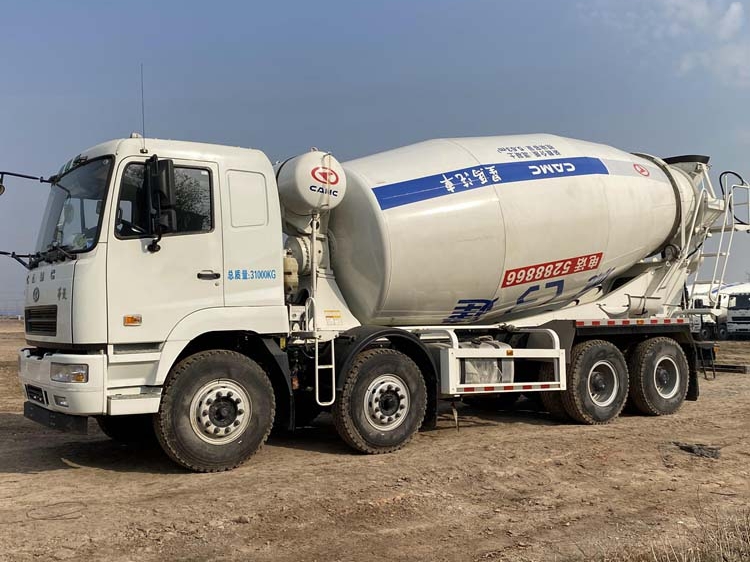
-
Cold Weather Reliability: Heated blankets ensure curing continues effectively below freezing.
-
-
Choosing the Right System: Consider project size/duration, climate, concrete element (slab, wall, column), required strength gain timeline, budget, labor availability. Often a combination is best.
-
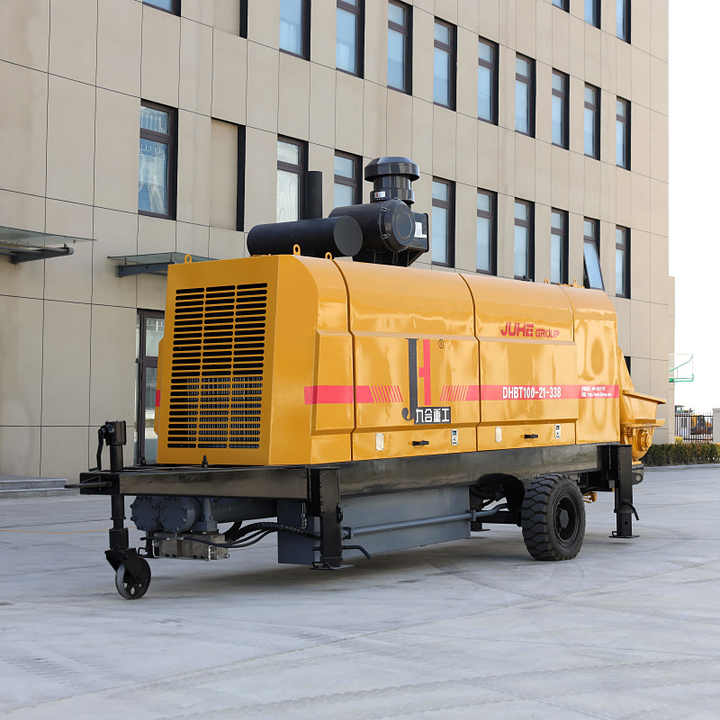 Roll, Mix, Pour: Inside the Z
Roll, Mix, Pour: Inside the Z
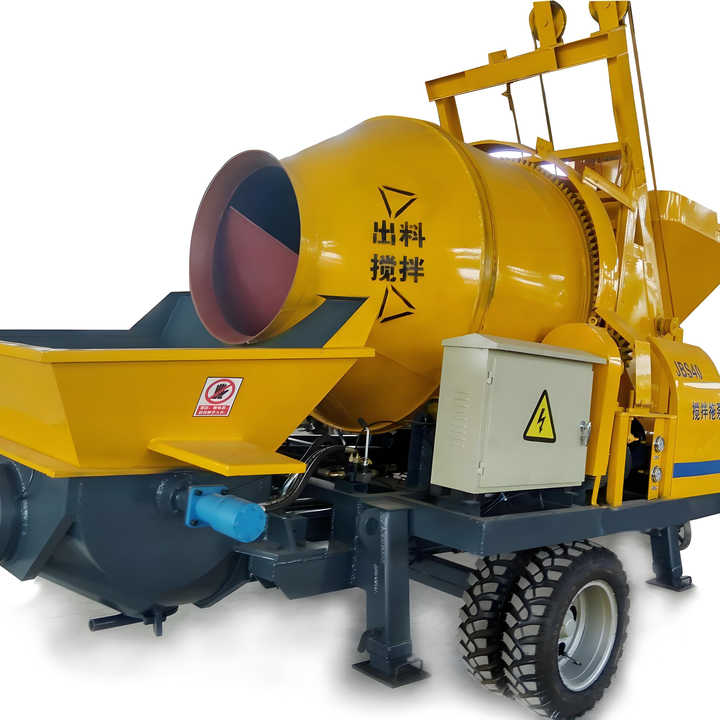 High-Efficiency in Action: How
High-Efficiency in Action: How
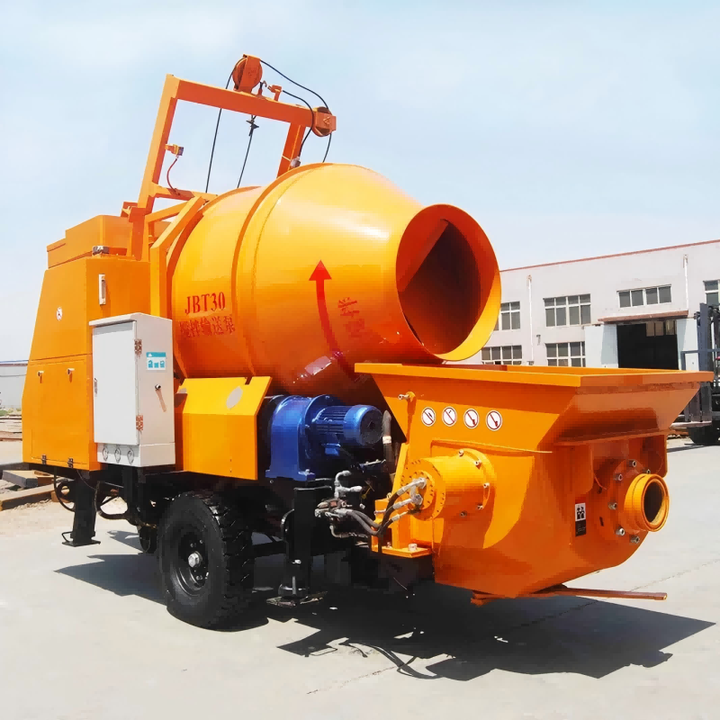 Clean Lines, Smooth Pours: Zoo
Clean Lines, Smooth Pours: Zoo
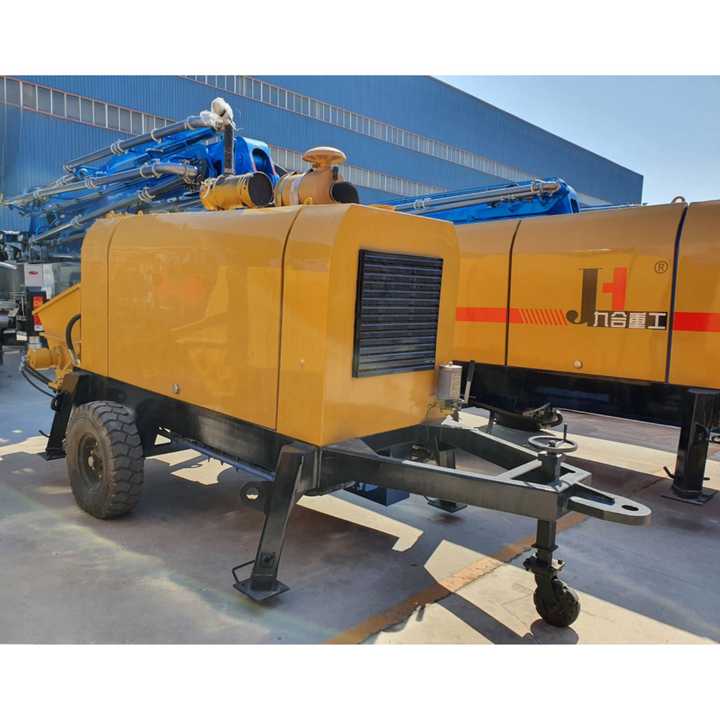 Master the Flow: A Step-by-St
Master the Flow: A Step-by-St
